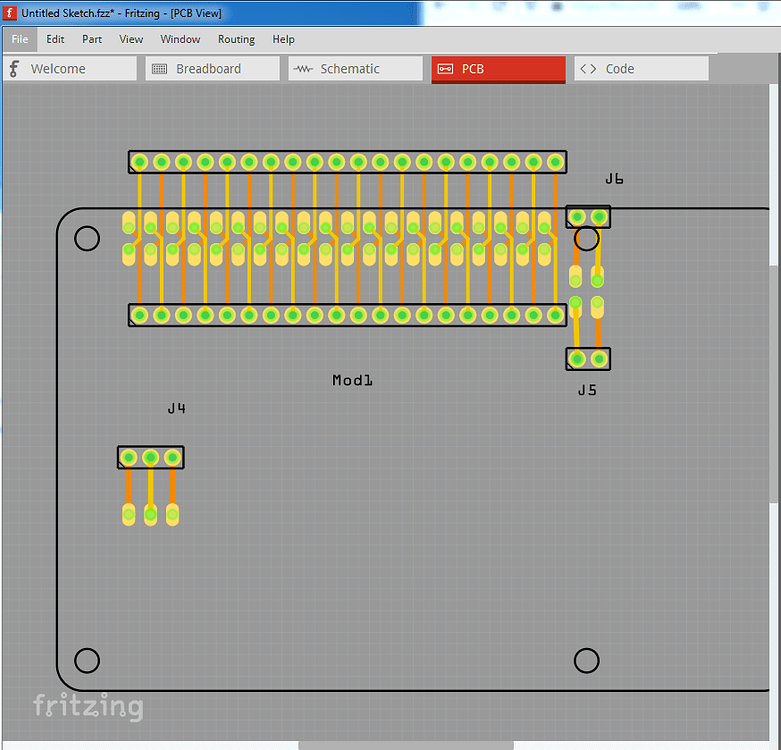
You can store your data wherever you like – on the SD card, or upload it to some cloud service. The wiring for this project is just about the simplest we’ll ever do: connect the SDS011 to the Raspberry Pi with the serial adapter, then plug the Raspberry Pi into a power source.īefore getting started on the code, we also need to set up a data repository. If you’re unsure how to do this, there’s guidance on the Raspberry Pi website. When it comes to small, low-power boards with USB ports, there’s one that always springs to mind – the Raspberry Pi.įirst, you’ll need a Raspberry Pi (any version) that’s set up with the latest version of Raspbian, connected to your local network, and ideally with SSH enabled. If you’re just interested in reading data occasionally, this is a perfectly fine way of using the sensor, but we want a continuous monitoring station – and we didn’t want to leave our laptop in one place, running all the time. You can read the sensor values with software such as DustViewerSharp. The very simplest way of using this is to connect it to a computer. The USB-to-serial connector makes it easy to connect the sensor to a computer You can read this serial connection directly if you’re using a controller with a UART, but the sensors also usually come with a USB-to-serial connector, allowing you to plug it into any modern computer and read the data. This sends output via a binary data format on a serial port.

We picked the SDS011 sensor for our project (see ‘Picking a sensor’ below for details on why). How does the particular make-up of your area affect your air quality? We set out to monitor our environment to see how concerned we should be about our local air. While there are official sensors in most major towns and cities, the effects can be very localised around busy roads and trapped in valleys. Obviously, this is something that’s important to know about, but it’s something that – here in the UK – we have relatively little data on. This pollution is linked with respiratory illness, heart disease, and lung cancer. They’re grouped together based on their size – the most important, from a health perspective, are those that are smaller than 2.5 microns in width (known as PM2.5), and PM10, which are between 10 and 2.5 microns in width.


This is just really small bits of stuff, like soot and smog.

Carbon dioxide is obviously an important polluter for climate change, but there are other bits we should be concerned about for our health, including particulate matter. It’s about 78% nitrogen, 21% oxygen, and 1% argon, and then there’s the assorted ‘other’ bits and pieces – many of which have been spewed out by humans and our related machinery. Add a sensor and some Python 3 to your Raspberry Pi to keep tabs on your local air pollution, in the project taken from Hackspace magazine issue 21.Īir is the very stuff we breathe.


 0 kommentar(er)
0 kommentar(er)
